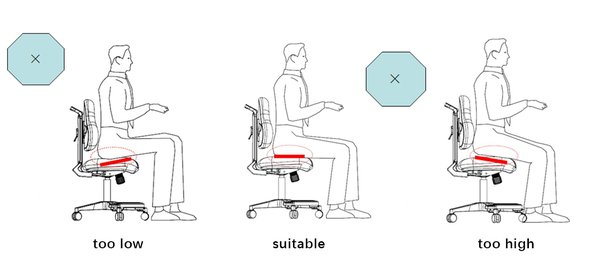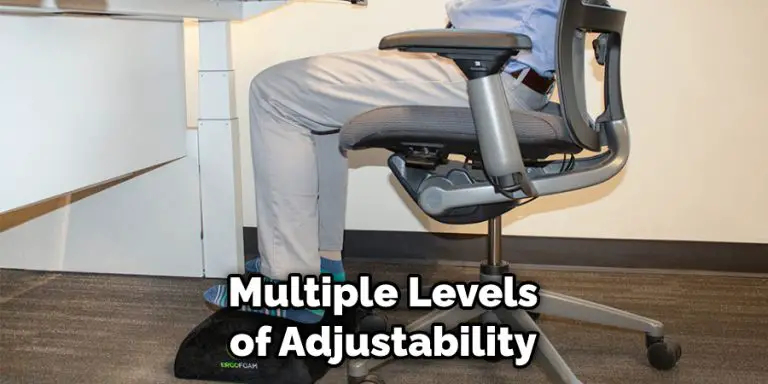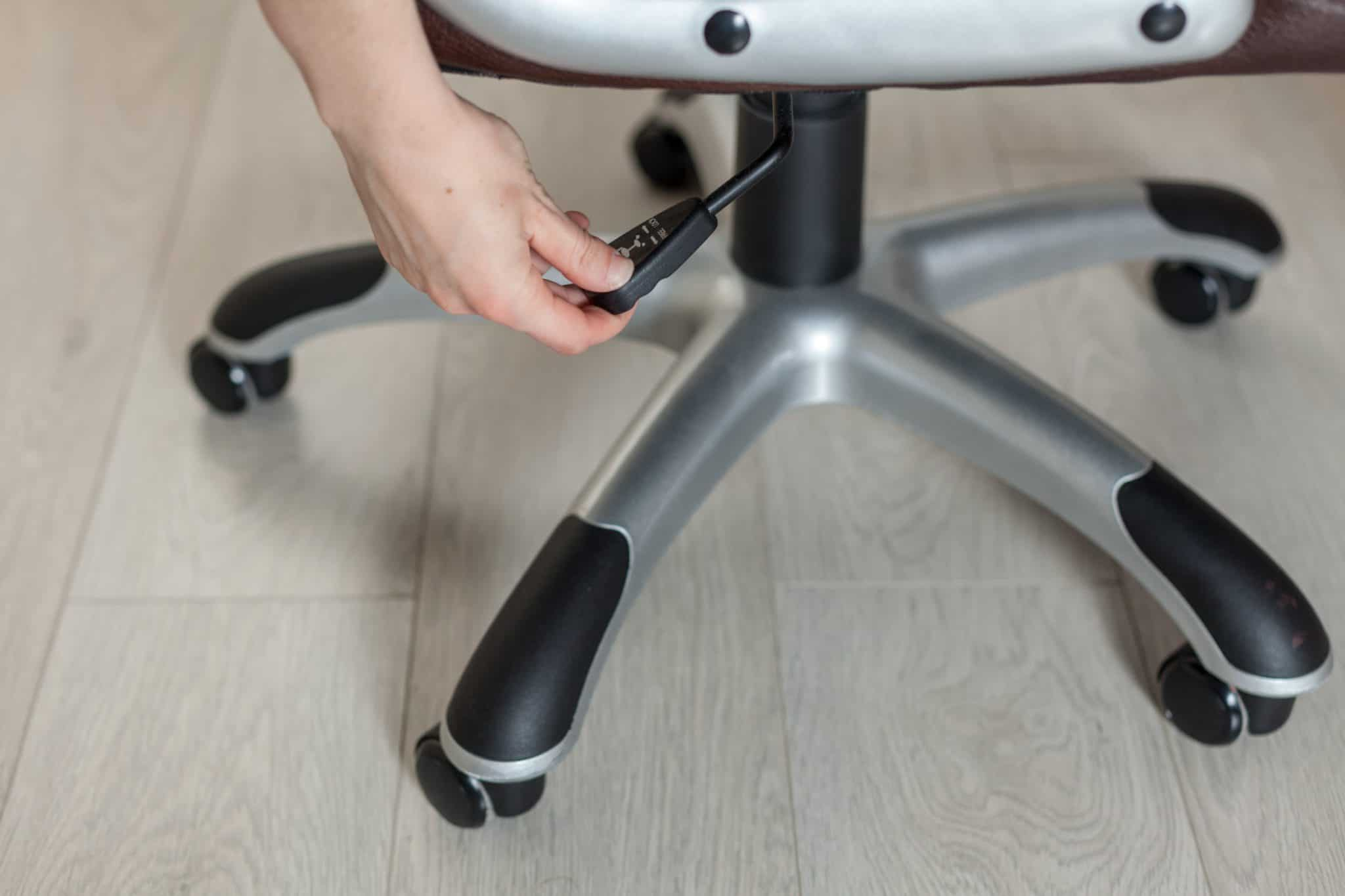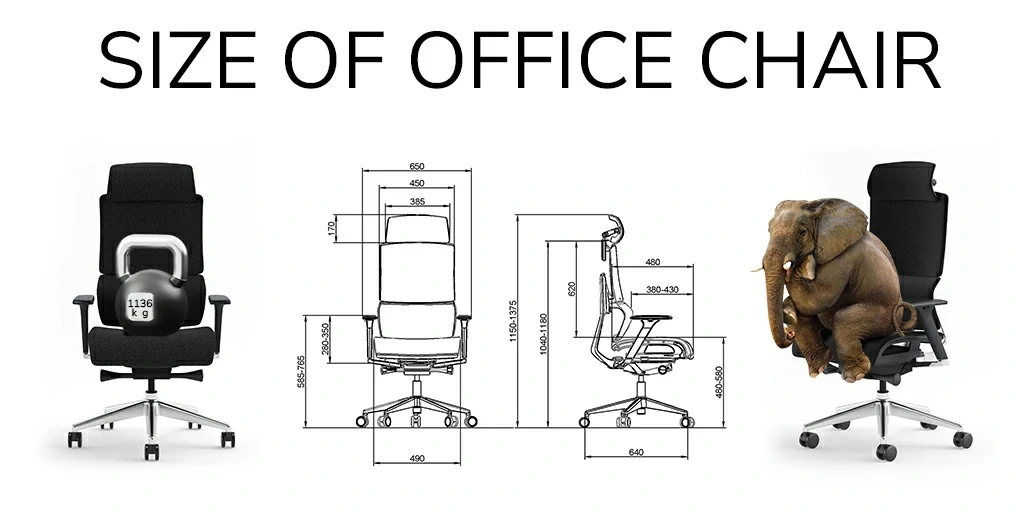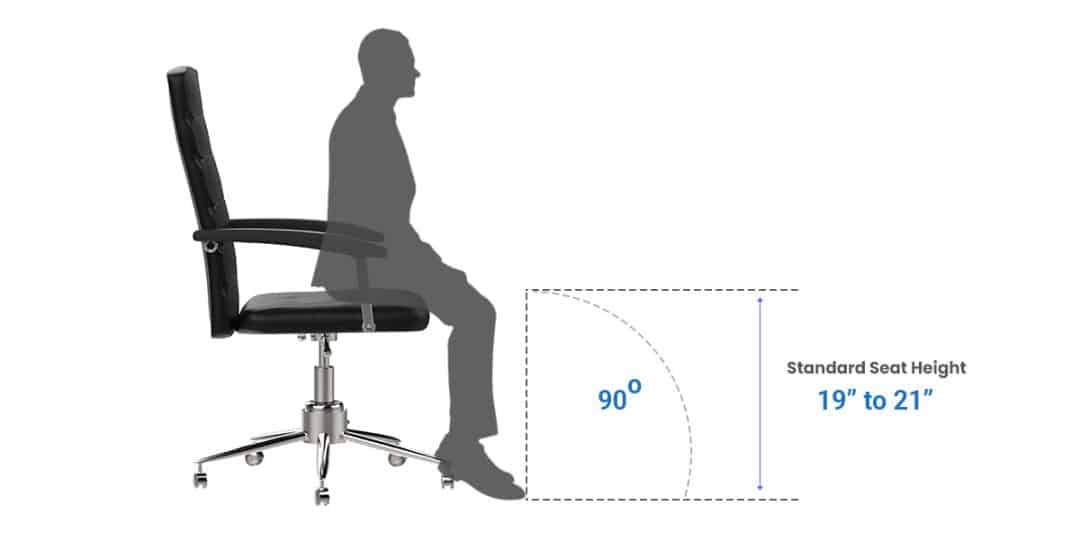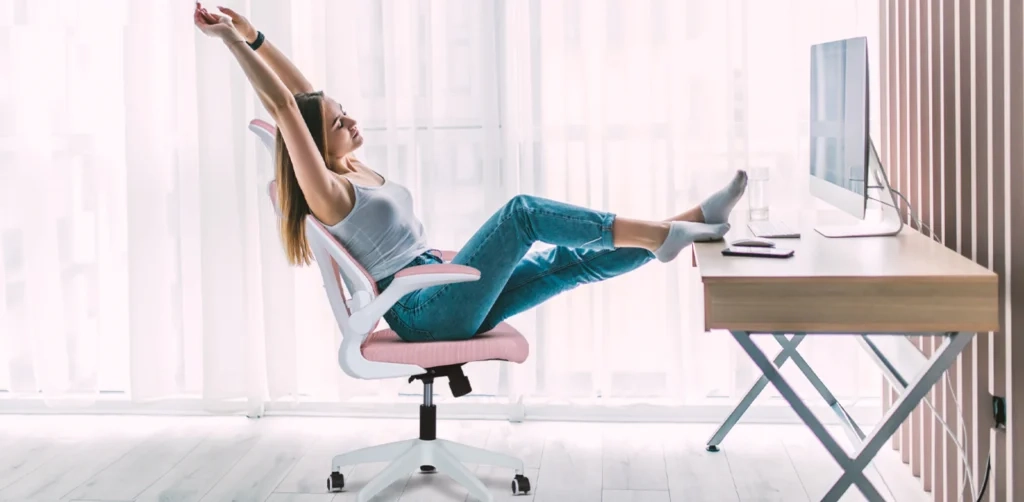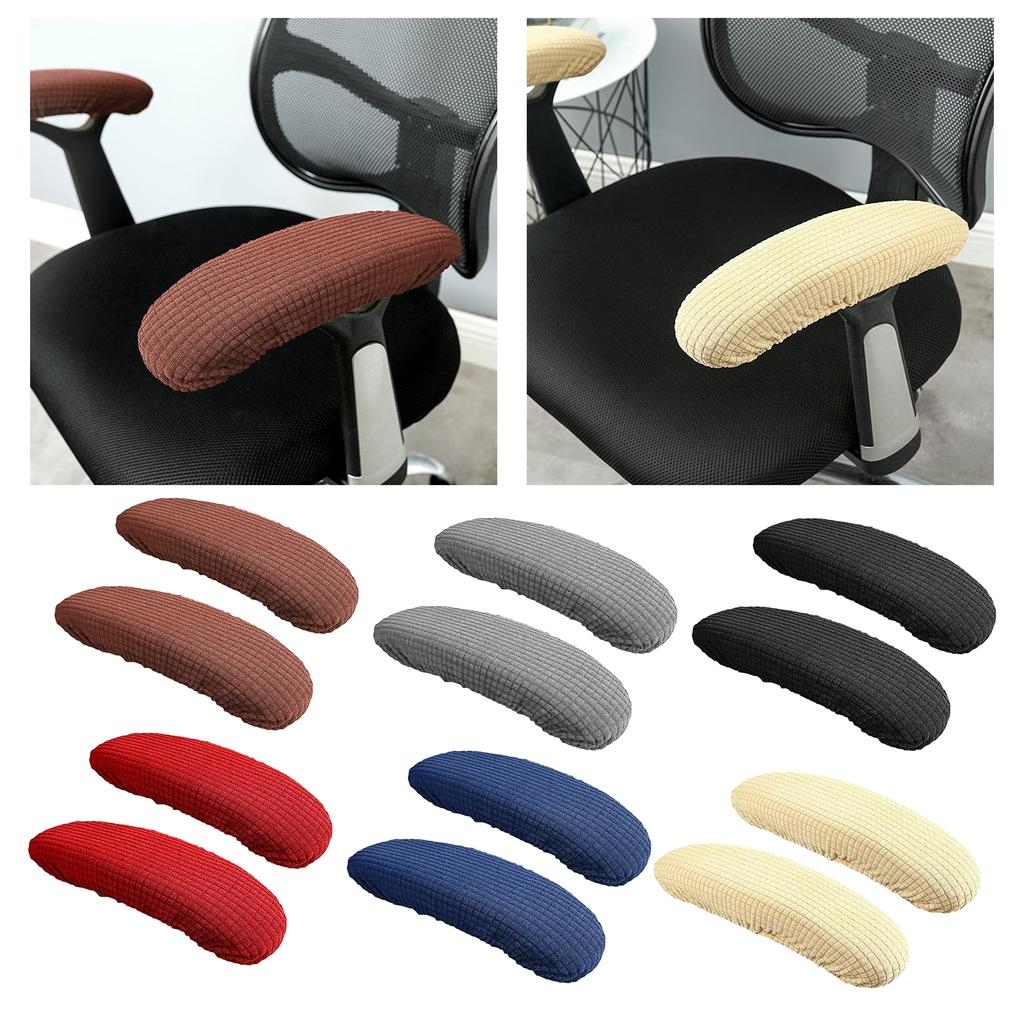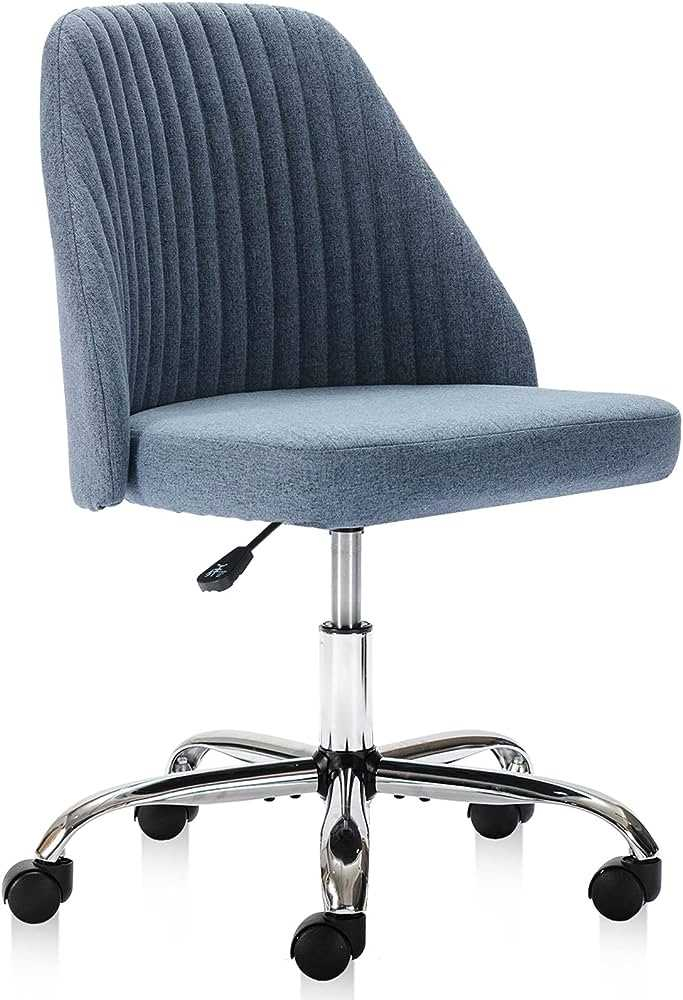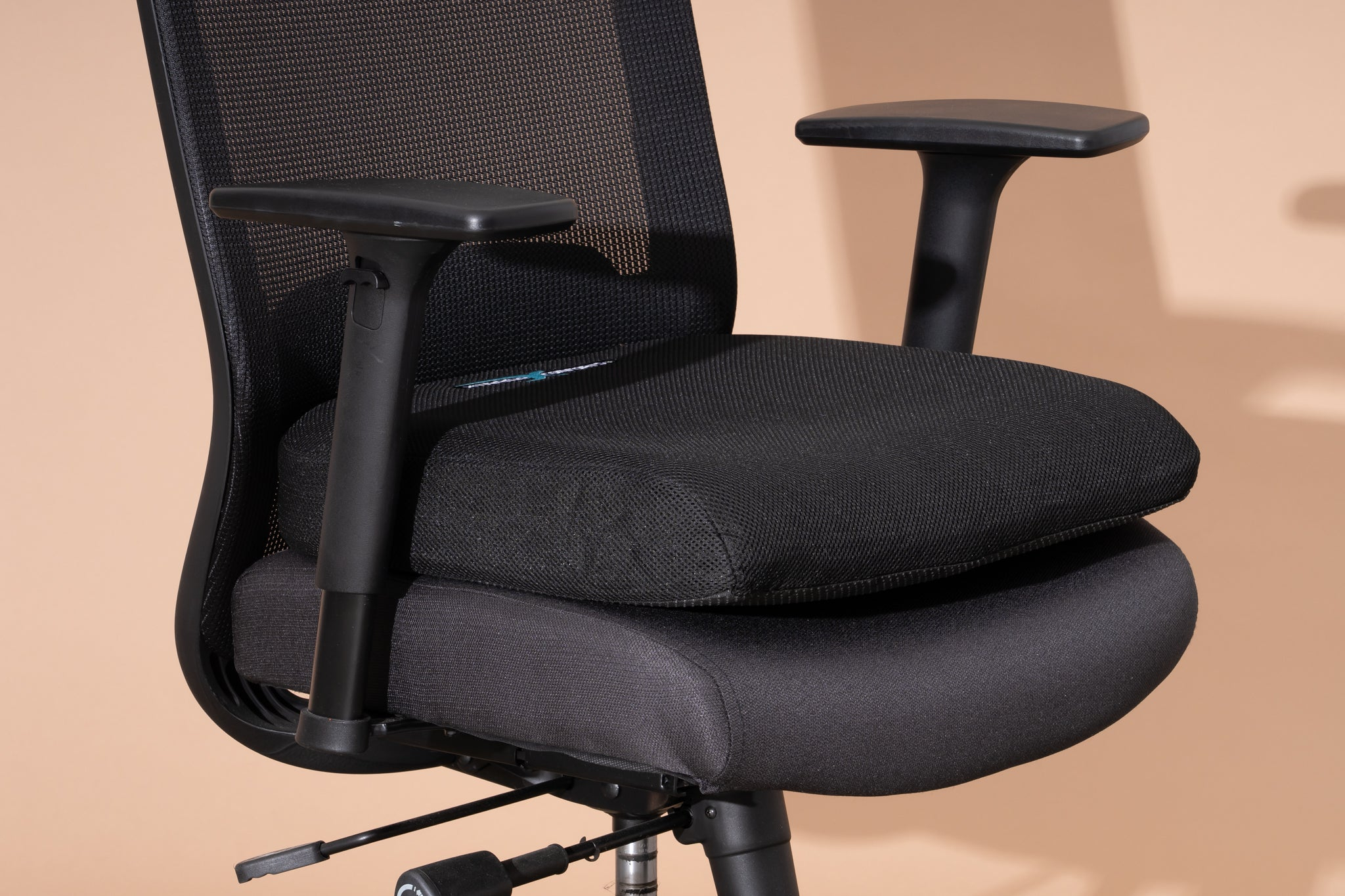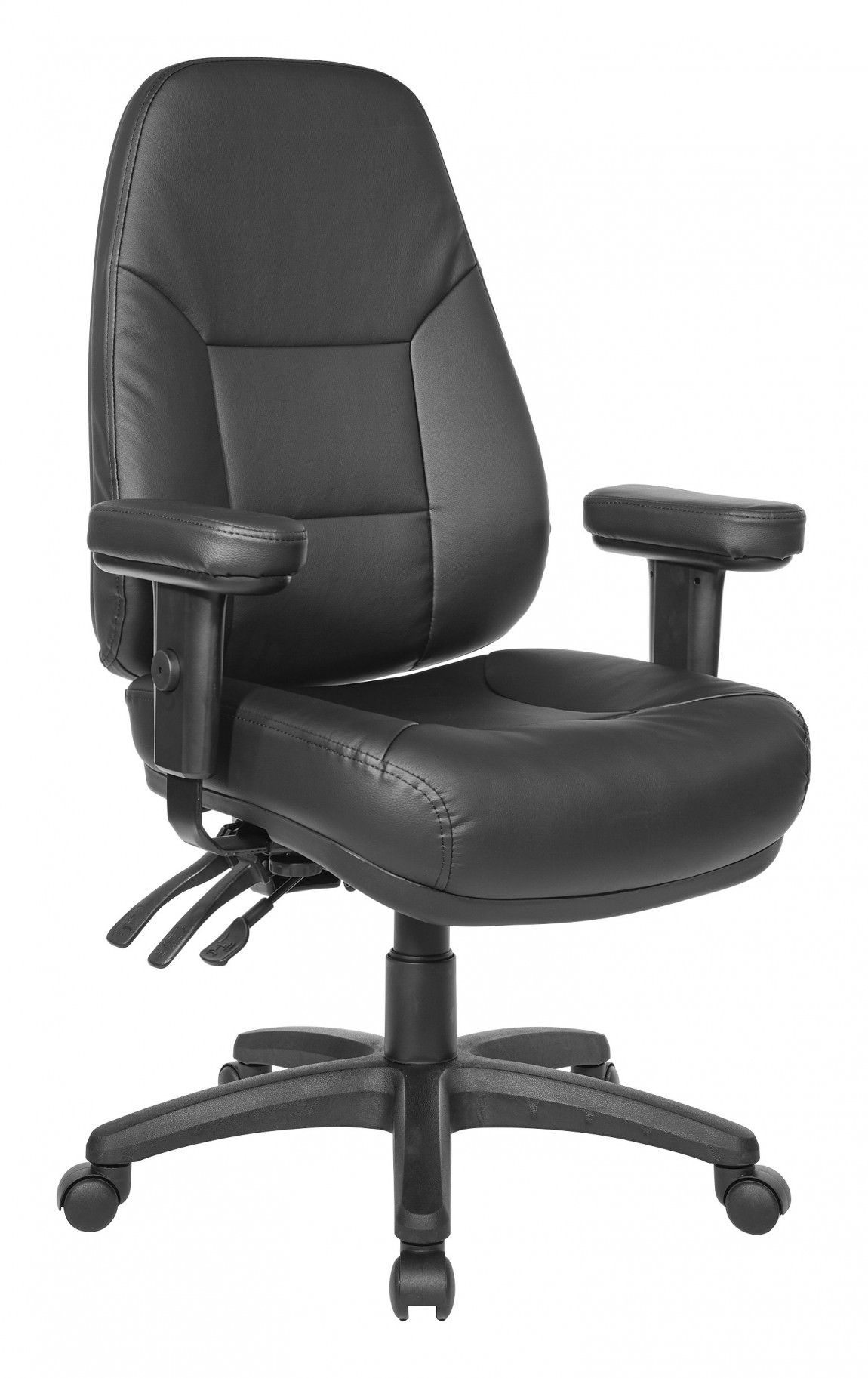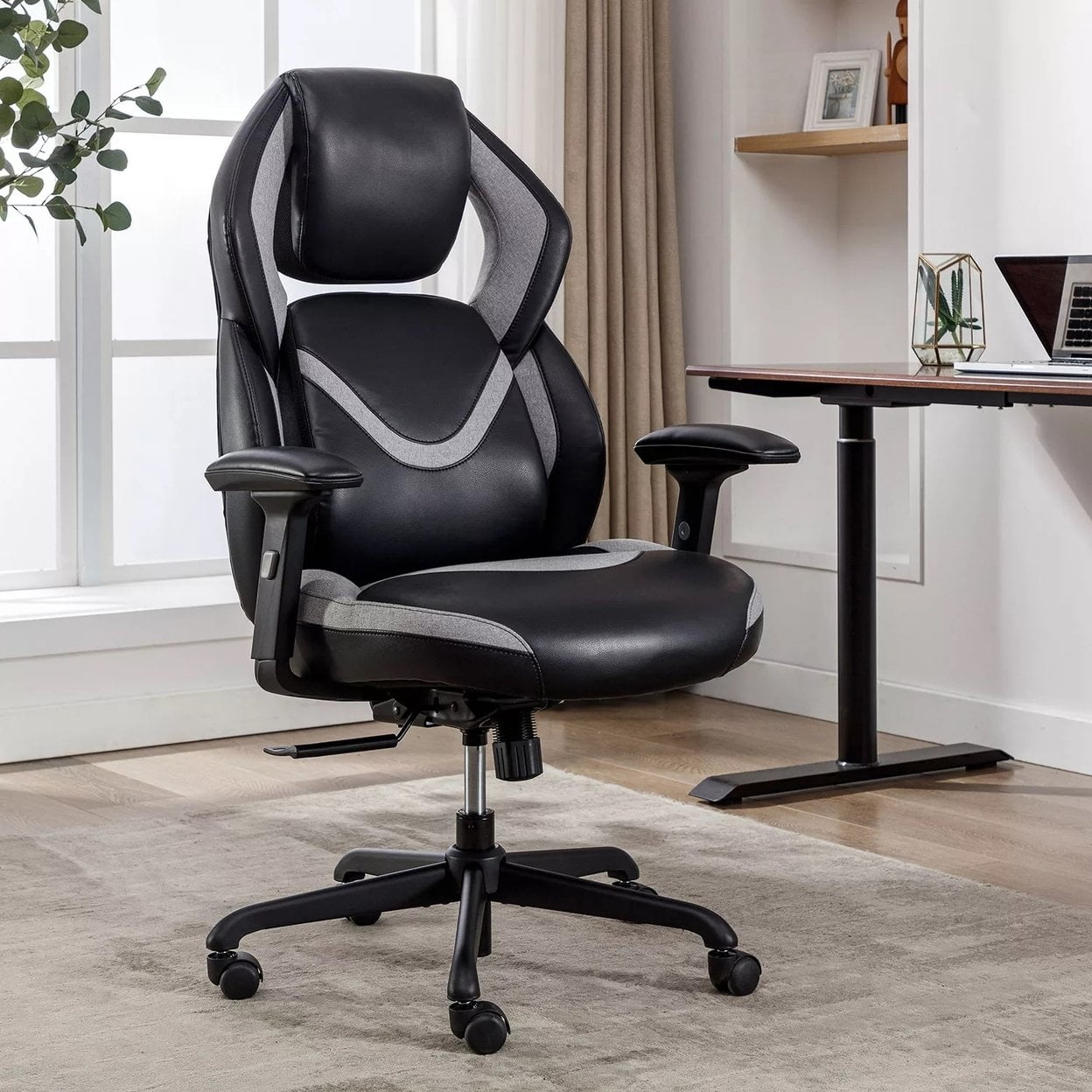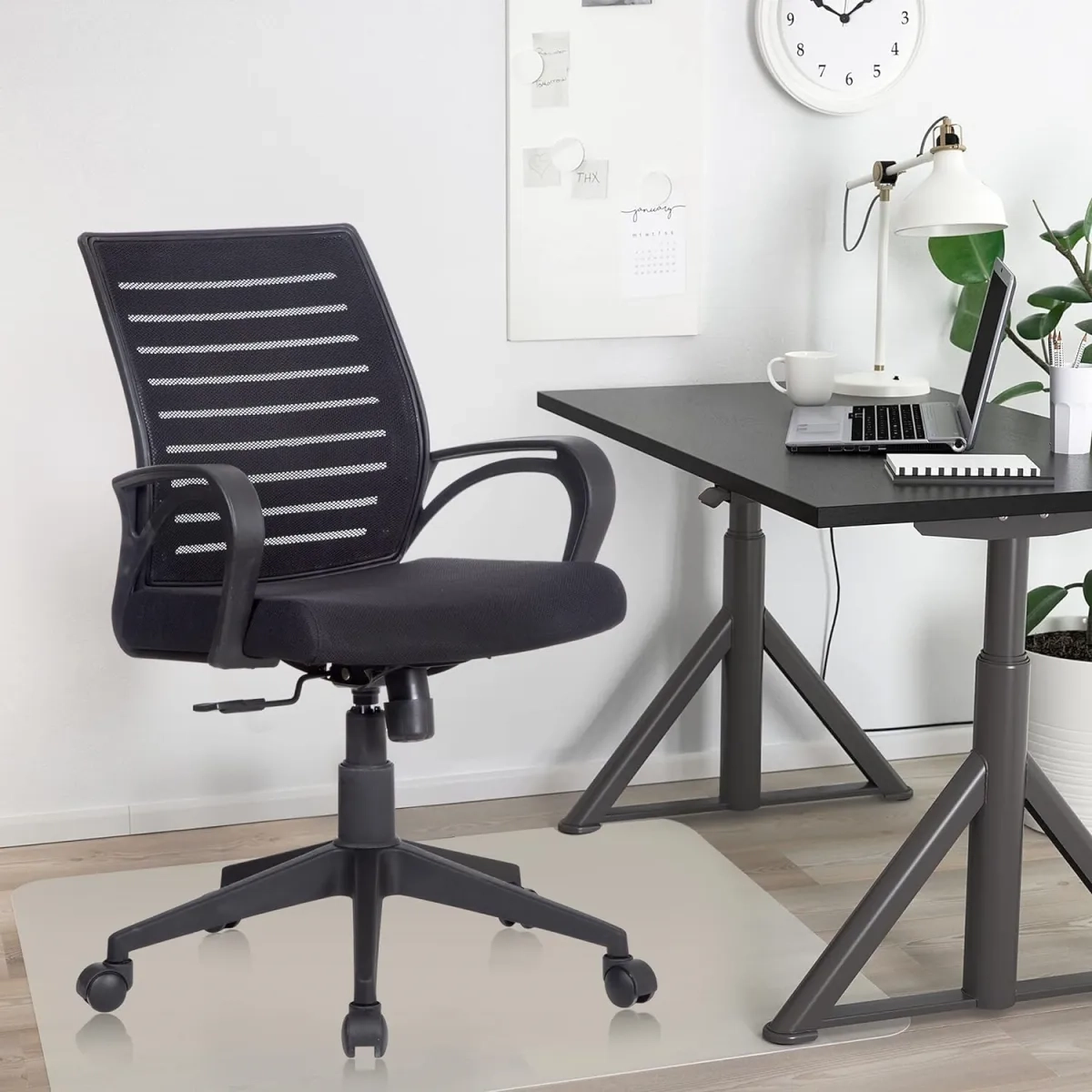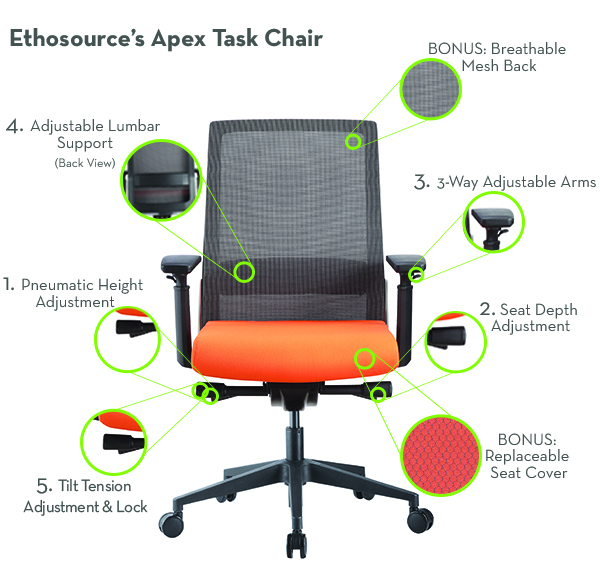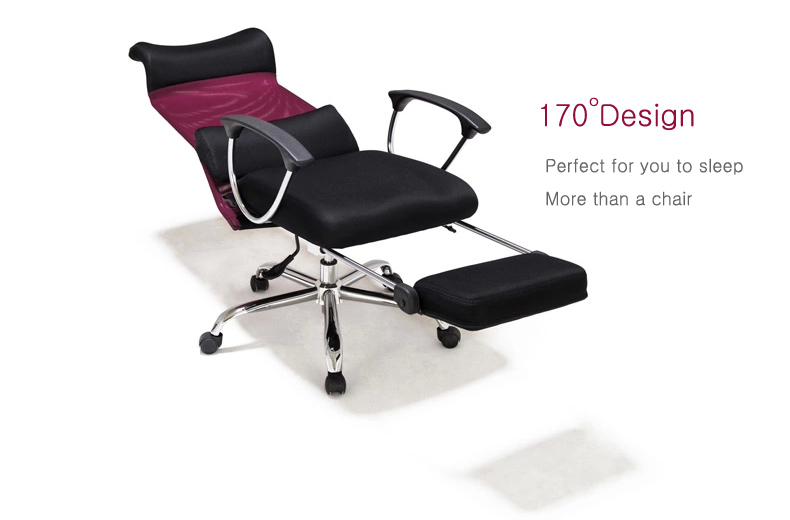Ever found yourself fidgeting in your chair, trying to get comfortable, only to end up with an aching back or stiff neck? You’re not alone. While we often think about plush cushioning or fancy lumbar support, one of the most fundamental, yet often overlooked, aspects of seating is its height. Getting this simple adjustment right can make a world of difference to your comfort, your health, and even how much you get done in a day. Let’s explore why chair height is so important and how to nail it for your own sitting setup.
We spend a significant chunk of our lives sitting. Whether it’s at a desk for work, around a dinner table, or relaxing in the living room, chairs are a constant. But how often do we really consider the actual height of the chair we’re using? It might seem like a minor detail, but the ergonomics of chair height play a surprisingly big role in our physical comfort and long-term health. A chair that’s too high or too low can lead to a cascade of problems, from poor posture and muscle strain to reduced circulation and even headaches. It’s not just about avoiding immediate discomfort; it’s about setting ourselves up for sustained well-being and optimal function. So, let’s get down to brass tacks and understand what makes a chair height truly ergonomic.
The Foundation of Good Posture
Think of your chair height as the bedrock for your entire seated posture. When your chair is at the correct height, your feet should be able to rest flat on the floor, with your knees bent at roughly a 90-degree angle. This simple alignment allows your hips to be level or slightly below your knees, which is the ideal position for spinal alignment. If your chair is too high, your feet will dangle, forcing you to either scrunch up your legs or perch on the edge of your seat, both of which encourage slouching and put undue pressure on your lower back and thighs. Conversely, a chair that’s too low can cause your knees to be higher than your hips, leading to an inward curve in your lower back and discomfort in your hips and hamstrings. It’s all about creating a stable and neutral base.
Impact on Circulation and Comfort
Beyond posture, chair height significantly affects blood flow. When your chair is too high, the edge of the seat can press uncomfortably into the back of your thighs, restricting circulation to your lower legs and feet. This can lead to that pins-and-needles sensation or general numbness. On the flip side, even if your feet touch the ground in a low chair, the angle might still cause pressure points or awkward positioning that hinders comfortable blood flow over extended periods. Proper chair height ensures that your thighs are supported by the seat without the edge digging in, and that your feet are comfortably grounded, allowing for natural circulation. Imagine sitting for hours with your circulation choked off; it’s a recipe for discomfort and fatigue.
Productivity and Focus: The Ergonomic Link
It might seem like a stretch, but your chair height can actually influence your productivity and ability to focus. When you’re constantly shifting to find a comfortable position, or if you’re experiencing aches and pains, your brain is naturally distracted. This discomfort pulls your attention away from the task at hand. A properly adjusted chair, however, allows you to settle in and forget about your seating. This freedom from physical distraction means you can channel more mental energy into your work, leading to improved concentration and efficiency. Think about it: if you’re not battling an uncomfortable chair, you’re free to truly engage with what you’re doing. It’s a subtle but powerful connection.
Adjusting for Different Workstations and Users
The ideal chair height isn’t a one-size-fits-all measurement. It depends on several factors, most notably the height of your desk or workstation and your own body dimensions. For desk work, the general rule of thumb is that your keyboard should be at a height where your elbows are bent at about 90 degrees, and your wrists are straight while typing. This means you’ll likely adjust your chair height so that when your feet are flat on the floor, your thighs are parallel to the ground. However, if you’re using a standing desk that’s fixed, or a desk that’s unusually high or low, you might need to consider different chair heights or even specialized seating solutions. Even within a single office, different people will require different chair heights due to variations in leg length and torso height. It’s always about personal adjustment.
Practical Tips for Finding Your Sweet Spot
So, how do you actually find that perfect ergonomic height? Start by sitting upright in your chair with your feet flat on the floor. If your feet don’t reach, you might need a footrest. If your feet are too high and dangling, you need to lower your chair. Aim for that 90-degree knee bend. Your thighs should be roughly parallel to the floor. When you’re at your desk, check your elbow and wrist position. Your elbows should be at about desk height, allowing your arms to rest comfortably. Your wrists should be in a neutral position, not bent up or down. Don’t be afraid to make small adjustments and test them out throughout the day. What feels right for the first hour might need a tweak later on. Many modern chairs have easy-to-use levers for height adjustment, so experiment. Sitting too close to the edge of the seat is usually a sign the chair is too high, or you need to adjust your desk setup.
When to Seek Professional Advice
While these guidelines are a great starting point, some individuals might have specific needs or pre-existing conditions that make finding the right chair height a bit more complex. If you experience persistent pain, discomfort, or numbness despite your best efforts, it might be time to consult an ergonomics specialist or a physical therapist. They can assess your workstation, your posture, and your body mechanics to provide tailored recommendations. Sometimes, a simple chair adjustment isn’t enough, and modifications to your desk, keyboard placement, or even the type of chair you use might be necessary. Investing in expert advice can prevent long-term health issues and significantly improve your daily comfort and productivity. It’s about ensuring your workspace truly supports you.
The height of your chair is far more than a simple setting; it’s a critical component of your overall ergonomic setup. By paying attention to how your chair height affects your posture, circulation, and comfort, you can make proactive adjustments that yield significant benefits. Remember to aim for feet flat on the floor, knees at a 90-degree angle, and thighs parallel to the ground. Ensure your elbows are at a comfortable height for your work. Making these small, deliberate changes can lead to a substantial improvement in your daily well-being, reducing aches and pains and boosting your focus and productivity. Don’t underestimate the power of the perfect perch; it’s a key to a healthier, more comfortable you.

